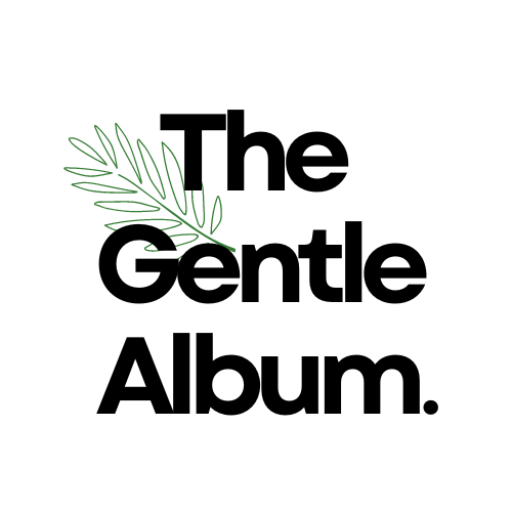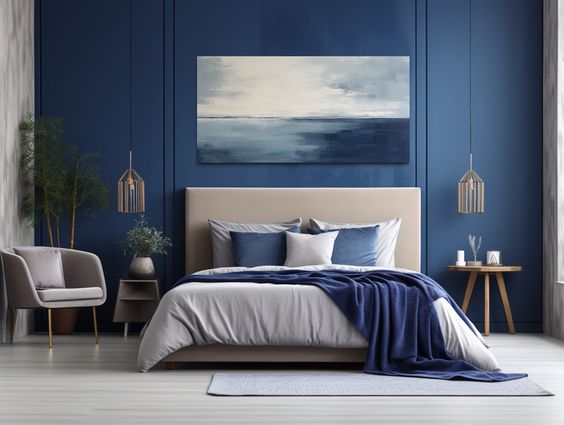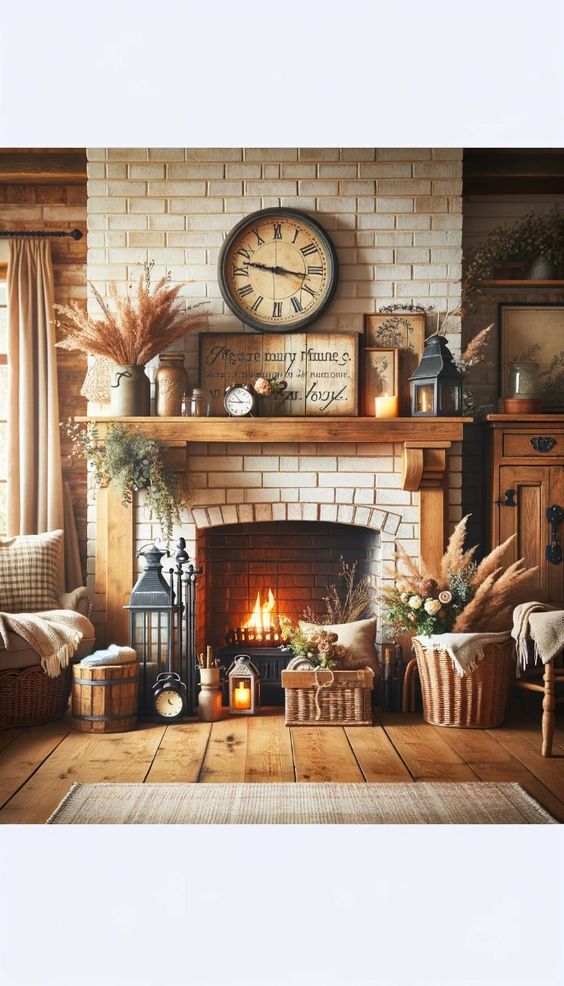7 Best Non Toxic Cutting Boards Completely Safe to Use

I’ve gone through so many different cutting boards and I’m very picky about which ones I use. I’ve done all the research and in this post, I’ll share the best non toxic cutting boards I recommend.
Some links may be affiliate links.
Materials To Avoid In Cutting Boards
- Glass: Glass cutting boards are very hard on knives and can cause the blade to dull quickly. Glass is also a slippery material so it can be dangerous to prepare food on a slippery surface.
- Marble: Marble is a beautiful material but it’s not ideal as cutting boards. They can damage knife blades and also be dangerous while cutting because of their slippery surface.
- Composite Wood: Cutting boards made from composite wood such as particle boards or medium-density fiberboards (MDF) should be avoided. These materials can easily chip and when exposed to moisture, can easily deteriorate.
- Plastic boards with BPA: Plastic boards with BPA should absolutely be avoided. Plastic cutting boards can transfer harmful chemicals to your food. If possible, try to avoid plastic boards even if it doesn’t contain BPA because they won’t decompose and can cause plastic pollution. We try to avoid plastic whenever possible, even in coffee makers.
- Metal: Metal cutting boards can dull knives and cause lots of noise as you’re cutting food.
- Cutting Boards with Chemical-Based Stains: Cutting boards with toxic finishes like non-food grade mineral oils, petroleum-based mineral oils, acrylic, or urethane should be avoided. They are toxic chemicals and can leak into your food.
Best Materials For Cutting Boards
- Solid Wood: Solid wood cutting boards made with durable woods like maple, walnut, and teak or great options. They’re antibacterial, gentle on knife edges, and can last a long time with good care.
- Rubber: Rubber is a very low-maintenance and non toxic cutting board material. Rubber is derived from tree latex and it’s useful because of its soft texture and grips onto the countertop well. This makes it easier to cut foods.
- Bamboo Wood: Bamboo cutting boards are a great choice because they have antimicrobial properties and are extremely durable. Bamboo boards likely will cost less than wood but they can dull blades faster than wood due to the hardness of the material.
Best Types of Wood For Non Toxic Cutting Boards
- Maple Wood: Maple is one of the best choices for cutting boards because the texture is hard and durable. It also has a tight grain so it’s resistant to scratches, bacteria, and stains.
- Teak Wood: Since teak wood has high oil content, it’s resistant to moisture and decay.
- Walnut Wood: Walnut wood is softer than maple wood but it’s very durable and resistant to knife marks. Plus, the dark color makes it very aesthetically pleasing.
- Acacia Wood: Acacia Wood is resistant to cuts and scratches. It’s a very durable material to use as a cutting board.
- Cherry Wood: Cherry wood has a reddish-brown color that patinas beautifully over time. Plus, it has great antimicrobial properties.
Best Non Toxic Cutting Boards
1. Best Maple Cutting Board: John Boos Maple Chopping Board

My all-time favorite cutting board is the John Boos one.
It’s sustainably sourced and made in Effingham, Illinois by skilled craftspeople. It’s made with Northern Hard Maple.
Even though it’s a big block, it’s very lightweight so it’s easy to move. And since the reverse side is completely flat, you can use it to cut vegetables, bread, and other foods.
This maple wood cutting board is edge grain.
2. Best Teakwood Cutting Board: Ziruma Teak Wood Butcher Block Cutting Board

Teakwood has one of the most unique designs that will make a statement in your kitchen.
This non-toxic cutting board is 2″ thick so it’s heavy. But because it’s so thick and stable, it’s a safe cutting board.
This teak wood cutting board is also layered with beeswax, linseed, and lemon oil. And it doesn’t contain BPA, phthalates, and petroleum-based mineral oils.
It’s an end-grain cutting board so it’ll keep your knives sharp.
3. Best Walnut Cutting Board: Sonder Large Thick End Grain Walnut Wood Cutting Board

Sonder Walnut Cutting Board is end grain constructed so it won’t dull knives. As you cut, the knife goes between the wood fibers rather than going through them. So it won’t damage your knife’s blades.
It’s BPA free, phthalate-free, and formaldehyde-free.
These non toxic cutting boards are 1.5 inches thick with removable rubber feet so they have built-in stability.
Plus, this walnut wood has a beautiful dark brown color that will patina beautifully over time.
4. Best Cherry Wood Cutting Board: WoodForChef Large Cherry Wood Cutting Board

Cherry wood cutting boards are known for their beautiful reddish color. This WoodForChef cutting board is made with FSC-certified wood.
It’s already pre-seasoned with premium beeswax that’s food safe. This wooden cutting board is 1.5 inches thick so it’s stable as you’re preparing food.
This is an edge grain cutting board.
5. Best Acacia Wood Cutting Board: Sonder Thick Sustainable Acacia Wood Cutting Board

This Acacia Wood Cutting Board is 1.5 inches thick and has a beautiful grain that will look amazing as a statement piece in the kitchen.
And with the juice grooves that hold up to 3.5oz of liquid, it’ll prevent water, juice, and grease from overflowing. This non toxic cutting board also free of BPA, phthalates, and formaldehyde.
It’s also reversible so you can also use the other side to chop foods.
This is an edge grain cutting board.
6. Best Bamboo Cutting Board: Hiware Extra Large Bamboo Cutting Board

This Hiware Bamboo Cutting Board is 0.8 inches thick so it’s stable on the countertop while also lightweight enough to move around.
This non-toxic cutting board contains no BPA or formaldehyde. With the built-in juice groove, it’ll catch all excess liquids easily. The grooves are quite easy to clean as well.
If you currently have plastic cutting boards and want to upgrade but don’t want to splurge on a wooden one yet, this bamboo cutting board is the perfect one to get.
7. Best Rubber Cutting Board: NoTrax Natural Rubber Cutting Board

This NoTrax Rubber Cutting Board is made with high-density natural rubber that preserves knife edges. The material also doesn’t slip on the counter.
These non toxic rubber cutting boards are quite heavy but the good news is it’s incredibly slip resistant.
The price is a bit steep but rubber is a very durable material that is fairly low-maintenance.
The best thing is these non-toxic cutting boards won’t crack, splinter, or absorb bad odors.
FAQs on Non Toxic Cutting Boards
What is the healthiest cutting board to use?
The healthiest cutting board to use is solid wood. Specifically, maple, walnut, teak, and beech woods are all good choices. Additionally, ensure the cutting boards do not use glue to attach pieces together. If this happens, bacteria can get trapped in between.
Are bamboo chopping boards safe?
Bamboo chopping boards are safe to use because of their antimicrobial properties. The disadvantage of bamboo cutting boards is they can dull knives easily because of their hard material.
What is a natural disinfectant for cutting board?
A natural disinfectant for cutting boards is white vinegar. White vinegar has antimicrobial properties that kill bacteria.
What is the best way to sanitize a wood cutting board?
The best way to sanitize a wood cutting board is to use white vinegar. Apply vinegar directly to the cutting board and let it sit for a few minutes to kill all the bacteria and germs. Then, rinse with water and let it air dry.
Does hydrogen peroxide disinfect cutting board?
Hydrogen peroxide can disinfect cutting boards. Pour hydrogen peroxide all over the cutting board and let it sit for a few minutes to kill the germs. Then, wash it off with water.
Are Epicurean cutting boards non toxic?
Epicurean cutting boards come from natural wood and are lightweight, non-porous, and dishwasher-safe.
But there might be a chance manufacturers use resins with formaldehyde to glue the wood sheets together.
Many Epicurean cutting boards claim they are formaldehyde-free and even if so, they likely have a strong unpleasant odor. So it’s best to avoid it altogether.
Are Marble cutting boards non toxic?
Marble cutting boards are non-toxic but they are not a good choice for cutting boards. They can easily dull your knives and the slipper surface makes it hazardous.
Are glass cutting boards non toxic?
Glass cutting boards are non-toxic but like marble cutting boards, they’re not a good choice for cutting boards for the same reason. It has a slipper surface which makes it dangerous to use.
That’s all for the post on the best non toxic cutting boards!
RELATED POSTS:
- 8 Best Toxic Free Air Fryers
- Best Healthy Food Containers
- 11 Best Rice Cookers (Non Toxic)
- 7 Best Non-Toxic Flatware Sets
- 7 Best Non-Toxic Waffle Makers
- 7 Best Non-Toxic Pancake Makers
- 11 Best Non-Toxic Slow Cookers
- The Safest Baking Sheets & Bakeware
- 6 Best Non Toxic Muffin Pans
- Best Cookware Sets For Gas Stoves
- The Best Yakitori Grills
- The Best Toxic Free Slow Cookers
- Is Stoneware Safe?
- Best Non-Toxic Christmas Trees






